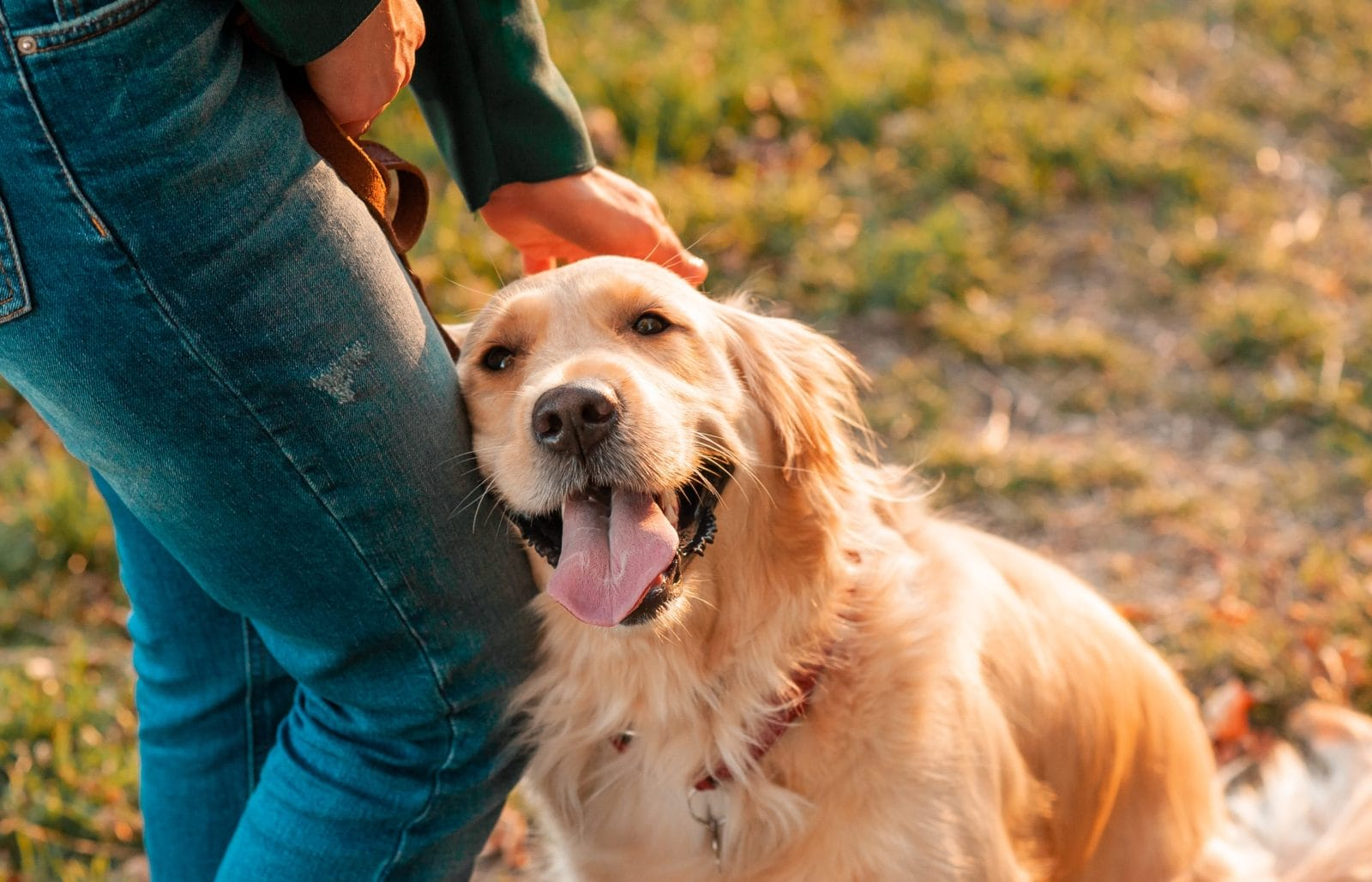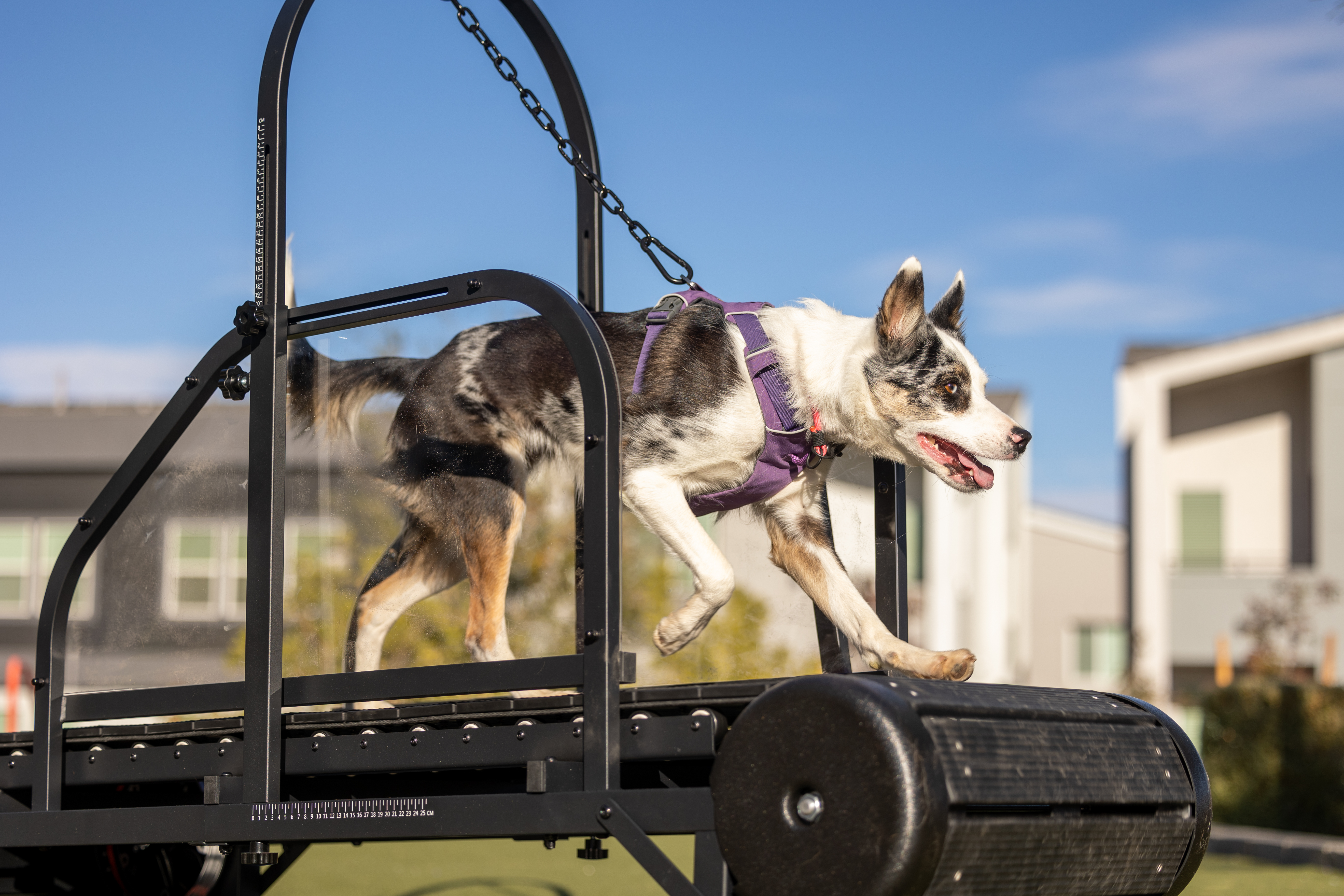Can you train a dog to walk on a non-electric treadmill? Absolutely! Training your dog to use a non-electric treadmill can be a fantastic way to boost their health and happiness. It’s an excellent option to keep them active, especially when outdoor walks aren’t feasible. Regular doggo treadmill sessions can help your dog build strength, enhance stamina, and even shed those extra pounds. Beyond physical benefits, it also provides mental stimulation. Walking on a treadmill requires focus, which can help reduce boredom and address behavioral issues like anxiety or excessive energy.
Safety is key when introducing your dog to a treadmill. Never force them onto it or leave them unsupervised. Start slow and allow your dog to get comfortable at their own pace. With patience and consistency, you’ll see progress.
Key Takeaways
- Teaching your dog to use a non-electric treadmill helps them stay healthy and happy. It improves their strength, energy, and can help with weight control.
- Safety is very important. Let your dog get used to the treadmill slowly by using treats and kind words. Always watch them while they are on it.
- Pick the right treadmill for your dog. Think about its size, how much weight it can hold, how fast it goes, and safety features to make it enjoyable.
- Begin with short sessions at a slow speed. Slowly make the sessions longer and faster as your dog gets used to it.
- Use rewards and praise to encourage your dog. This makes it fun and helps you grow closer to your pet.
Why Choose a Non-Electric Treadmill?
Non-electric treadmills are a great choice for dog training, especially if you want a more natural and dog-controlled workout. Unlike electric treadmills, these don’t rely on motors. Your dog sets the pace, which can make the experience less intimidating and more enjoyable. Plus, non electric dog treadmills are often quieter, which is a big win if your dog gets nervous around loud noises.
Here’s how they differ from electric treadmills:
- Electric treadmills allow you to control speed and incline, while non-electric ones let your dog decide their pace.
- Electric models are better for steady, consistent gaits, but non electric dog treadmill encourage varied movements like trotting or galloping.
- Electric treadmills are often used for rehabilitation, while non-electric ones are ideal for general fitness and mental stimulation.
Benefits of Treadmill Training for Dogs
Treadmill training offers both physical and behavioral benefits for your dog. Regular exercise can help reduce anxiety, boredom, and excess energy. This makes your dog calmer and more focused during other activities, like obedience training.
Here’s a quick breakdown of the benefits:

By incorporating treadmill sessions into your dog’s routine, you’re not just improving their health—you’re also enhancing their overall happiness.
Addressing Common Concerns About Treadmill Training
It’s normal to have concerns about treadmill training. Some dogs might refuse to step onto the treadmill, while others could panic when it starts moving. These challenges are common, but they’re manageable with the right approach.
Here are some tips to address these issues:
Build trust with your dog and use clear, consistent commands.
- Use rewards your dog loves to motivate them.
- Make sure your dog is comfortable with a leash and harness.
- Warm up and cool down before and after each session.
- Attach the safety shut-off switch to your dog for added security.
- Pay close attention to your dog's condition and stop the treadmill immediately if any issues arise.
With patience and positive reinforcement, you can overcome these hurdles. Remember, the key is to make the experience enjoyable and stress-free for your furry friend.
Begin by rewarding your dog for simply being near the treadmill. Once they’re comfortable, turn it on without motion and let them hear the sound. Reward them again for staying calm.
When your dog feels at ease, start the treadmill at a slow speed. Use treats generously to reinforce positive behavior. Keep sessions short and always end on a high note. This leaves your dog excited for the next session. Physical contact, like gentle petting, can also help calm their nerves. Over time, this process not only reduces fear but also boosts your dog’s confidence.
Tip: Never rush the process. Make sure your dog feels secure at each step before moving forward. Patience is key!

Preparing Your Dog for the Treadmill
1. Choosing the Right Treadmill
Picking the right non motorized treadmill for dogs is an important first step. Not all treadmills are created equal, and you’ll want one that suits your dog’s size, needs, and your home environment. Here are some factors to consider:
- Size and weight capacity: The treadmill should be at least 2.5 times the length of your dog. Check the weight limit to ensure it can handle your dog comfortably.
- Speed range: Look for a treadmill with a wide range of speeds. This allows you to adjust the pace as your dog progresses.
- Incline options: Some treadmills offer incline adjustments, which can make workouts more effective.
- Safety features: Prioritize non-slip surfaces and emergency stop buttons to keep your dog safe.
- Noise level: A quieter treadmill can help reduce stress, especially if your dog is nervous around loud sounds.
- Budget and space: Think about how much you’re willing to spend and where you’ll place the treadmill in your home.
By choosing the right treadmill, you’re setting your dog up for a positive and safe training experience.
2. Introducing Your Dog to the Treadmill
Introducing your dog to the treadmill takes patience and a step-by-step approach. Start by placing the treadmill in a quiet area where your dog feels comfortable. Let them sniff and explore it while it’s turned off. Use treats to encourage them to step onto it.
Once they’re familiar with the treadmill, attach a harness for safety. Turn the treadmill on at its lowest setting and guide your dog to walk on it using treats or verbal encouragement. Keep the first session short—just a few minutes. Walk alongside your dog to reassure them and build their confidence.
Consistency is key. Gradually increase the duration and speed of the sessions as your dog becomes more comfortable. Always monitor their body language to ensure they’re not feeling stressed or overwhelmed.
3. Ensuring Safety Before Starting
Safety should always come first when training your dog on a treadmill. Make sure your dog is leash-trained and comfortable wearing a harness. Warm up with a short walk or some light play before starting the treadmill session.
Keep an eye on your dog throughout the workout. Watch for signs of distress, like heavy panting or hesitation. Attach the safety shut-off switch to your dog’s harness to stop the treadmill immediately if needed. After the session, allow your dog to cool down with some gentle stretching or a slow walk.
By taking these precautions, you’ll create a safe and enjoyable experience for your dog.
Step-by-Step Training Process
1. Familiarizing Your Dog with the Treadmill
Getting your dog comfortable with the treadmill is the first step. Start by letting them explore it while it’s turned off. Allow them to sniff and inspect it at their own pace. Use treats and praise to create positive associations. This helps your dog see the big dog treadmill as something fun and rewarding.
Once they’re familiar with the treadmill, attach a leash or harness for safety. Turn the treadmill on at its lowest speed, but don’t place your dog on it yet. Let them get used to the sound and movement. Then, use the “place” command to guide them onto the treadmill. Keep the session short and positive. Consistency and patience are key here.
2. Starting with Slow Speeds
When your dog is ready to walk on the treadmill, start slow. It allows your dog to walk comfortably while getting used to the moving surface. Walk alongside them to provide reassurance.
Keep the sessions short, around 3-5 minutes. Monitor your dog’s body language. If they seem nervous, slow down or stop. Always reward them with treats or praise after each session. This builds their confidence and keeps them motivated.
3. Gradually Increasing Speed and Duration
As your dog becomes more comfortable, you can gradually increase the speed and duration of their sessions. Start by adding a minute or two each week. For example:
Week 1: 3-5 minute sessions at a slow pace.
Week 2: 6-10 minutes with slight speed changes.
Week 3: 10-15 minutes, introducing incline.
Week 4: 15-20 minutes with varied speeds and inclines.
Always monitor your dog for signs of fatigue. If they seem tired, stop the session. Consult a veterinarian or trainer if you’re unsure about your dog’s limits. Remember, the goal is to make treadmill training a safe and enjoyable experience. Can you train a dog to walk on a Non-Electric treadmill? Absolutely, with gradual progress and lots of encouragement.

Troubleshooting and Tips for Success
1. Handling Common Challenges
Treadmill training isn’t without its hiccups. Here are some common challenges and how to tackle them:

2. When to Seek Professional Help
Sometimes, you might need a little extra guidance. If your dog shows extreme fear or struggles to adapt, consulting a professional can make a big difference. A veterinarian or canine sports medicine specialist can assess whether treadmill training is suitable for your dog. They can also help you design a safe and effective training plan tailored to your dog’s needs.
Note: Seeking professional help isn’t a sign of failure. It’s a proactive step to ensure your dog’s safety and well-being.
With these tips, you’ll be well-equipped to handle any challenges that come your way. Remember, every dog learns at their own pace, so stay patient and positive throughout the process. With the right approach, your dog will master the treadmill and reap the rewards of a healthier, happier life!
FAQ
1. How long should my dog walk on the doggo treadmills?
Start with 3–5 minutes per session. Gradually increase the duration as your dog gets comfortable. Most dogs benefit from 15–20 minutes of treadmill exercise a few times a week. Always monitor your dog for signs of fatigue or discomfort.
2. Can puppies use a non-electric treadmill?
Yes, but only if they’re old enough. Puppies under six months shouldn’t use treadmills, as their bones are still developing. For older puppies, keep sessions short and low-intensity. Always consult your vet before starting treadmill training with a young dog.
3. What if my dog refuses to step on the treadmill?
Patience is key! Use treats, toys, or verbal encouragement to lure your dog onto the treadmill. Let them explore it at their own pace. Reward every small step forward. If they’re still hesitant, take a break and try again later.
Tip: Never force your dog onto the treadmill. Build trust first!
4. Is treadmill training a substitute for outdoor walks?
No, it’s not a replacement. Outdoor walks provide fresh air, socialization, and new scents that stimulate your dog’s mind. Treadmill training is a great supplement for days when outdoor walks aren’t possible due to weather or time constraints.
5. What’s the best way to keep my dog motivated?
Use high-value treats, praise, or their favorite toy during sessions. Positive reinforcement keeps your dog engaged and excited. You can also mix things up by adjusting the incline or speed to make the workout more interesting.
Note: Always end sessions on a positive note to keep your dog looking forward to the next one!










0 Comments